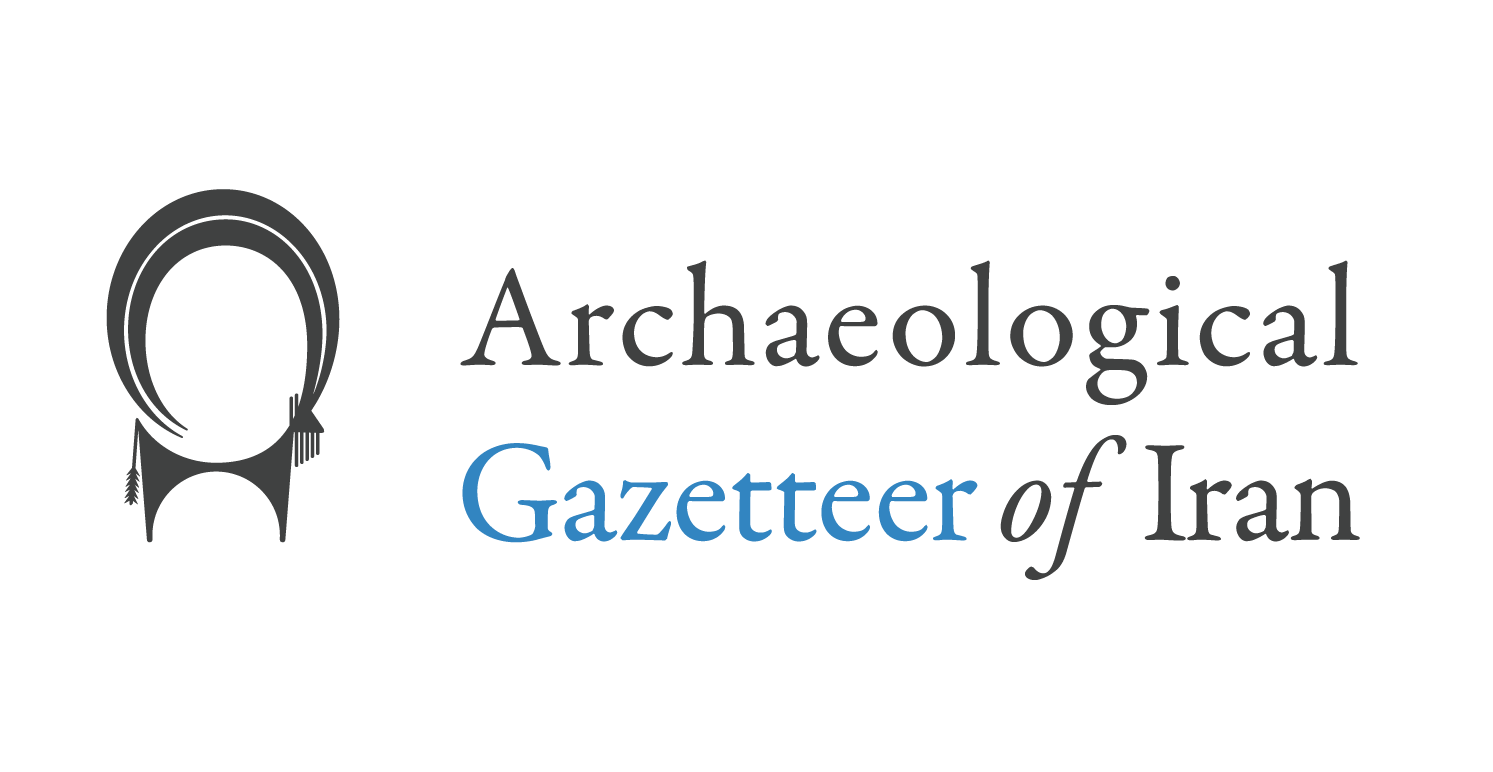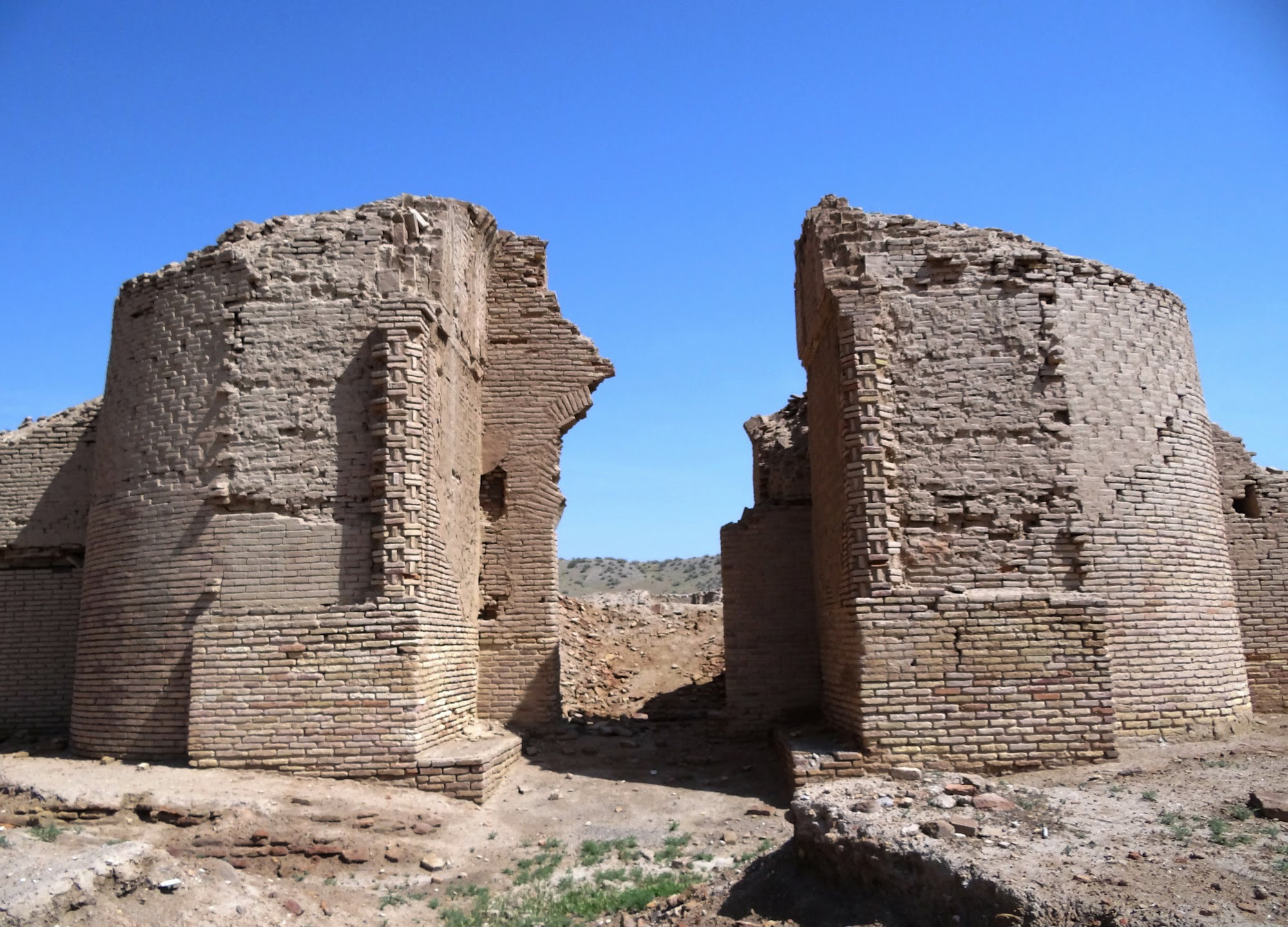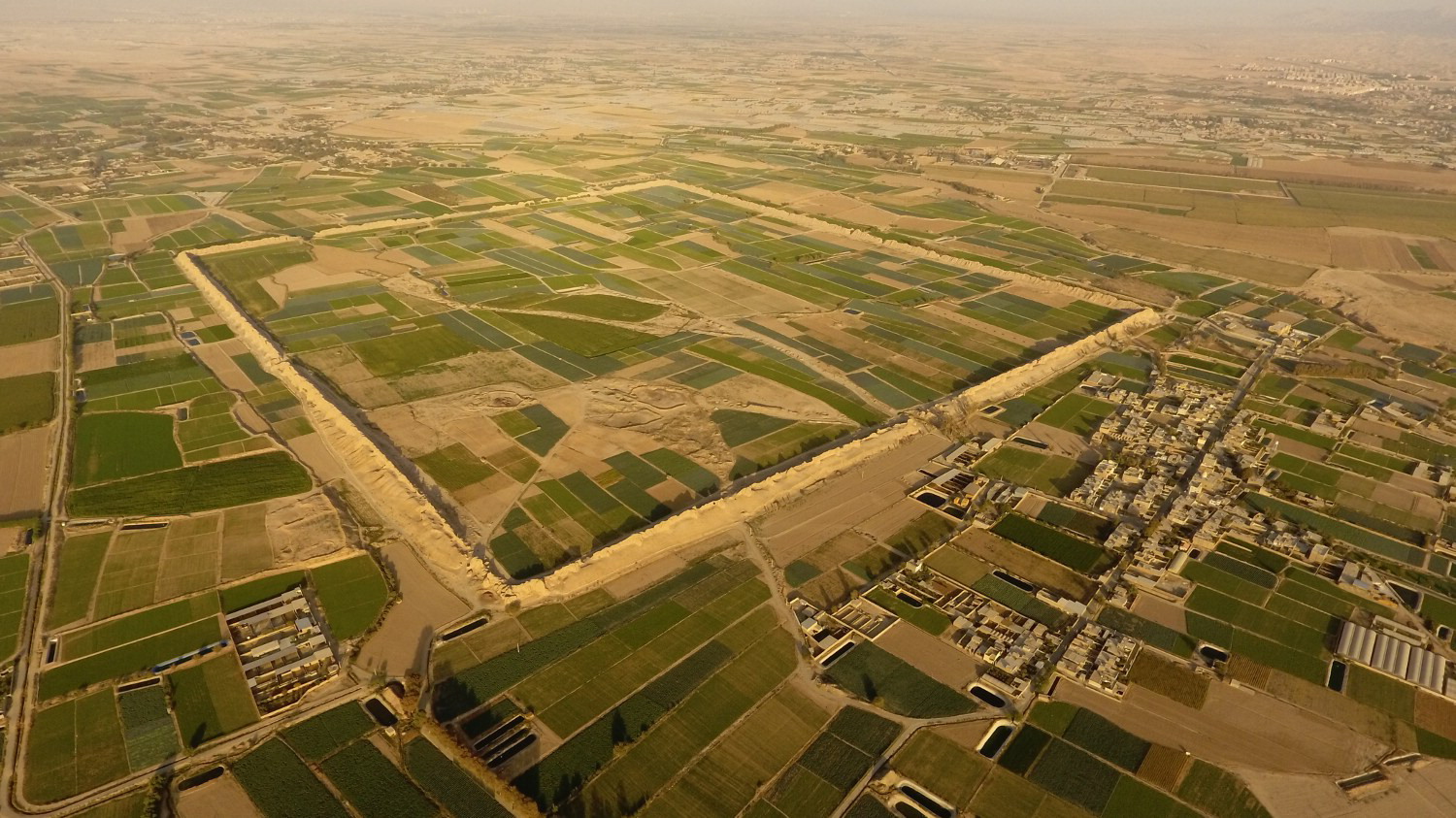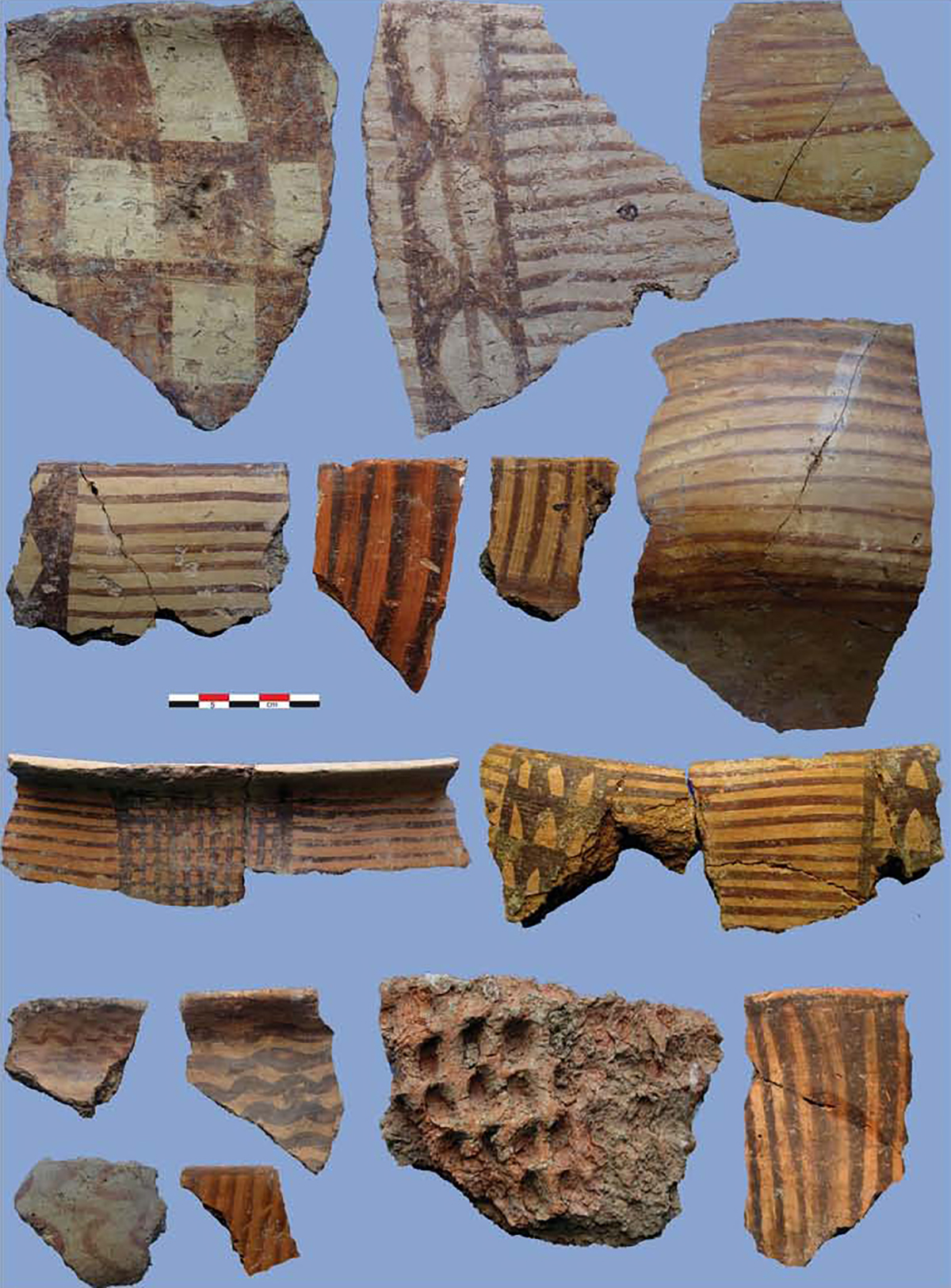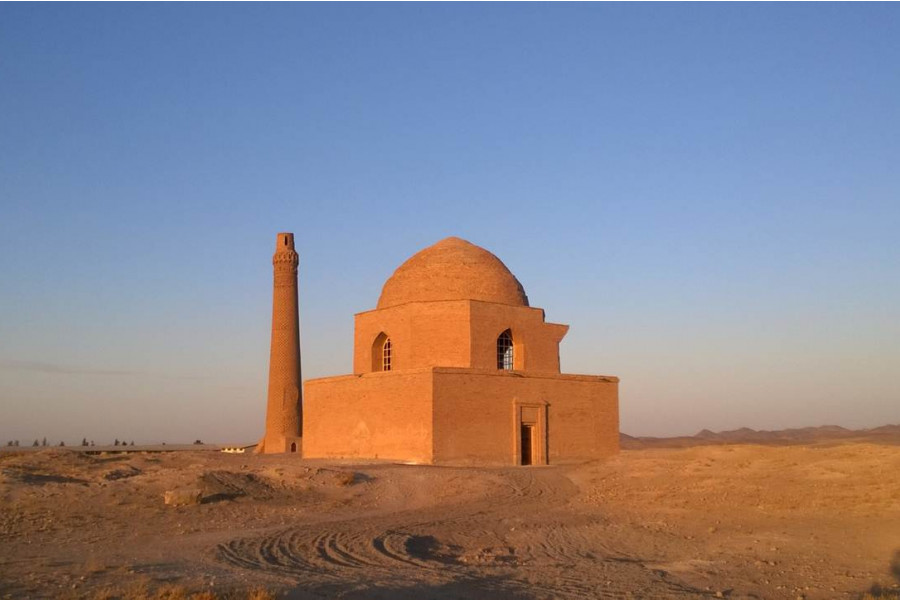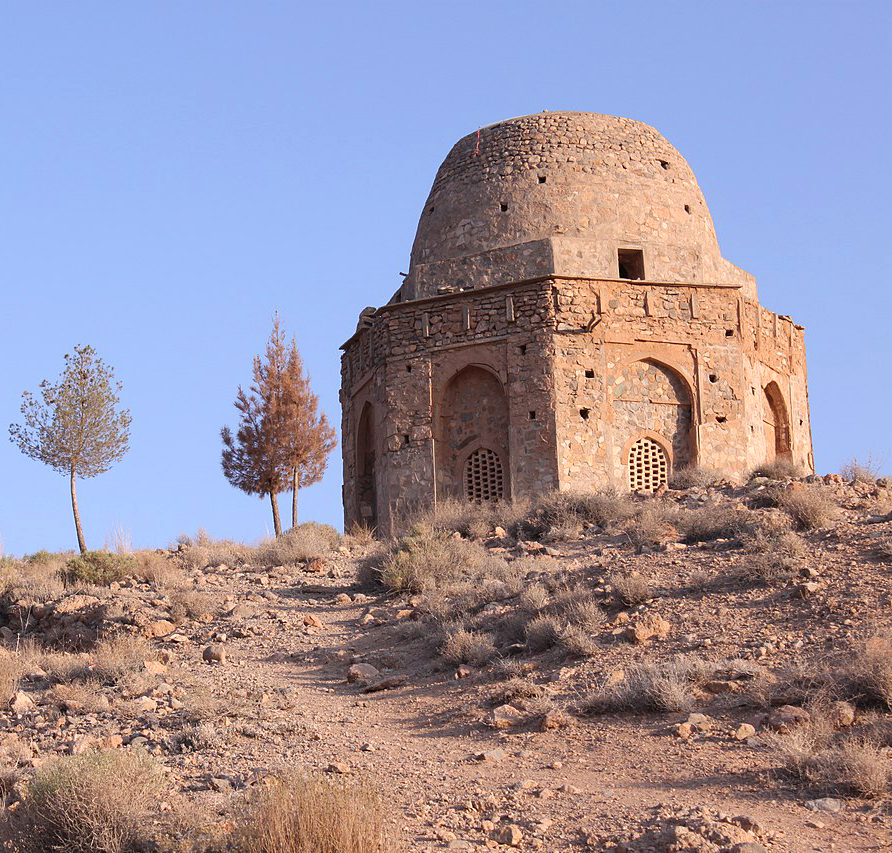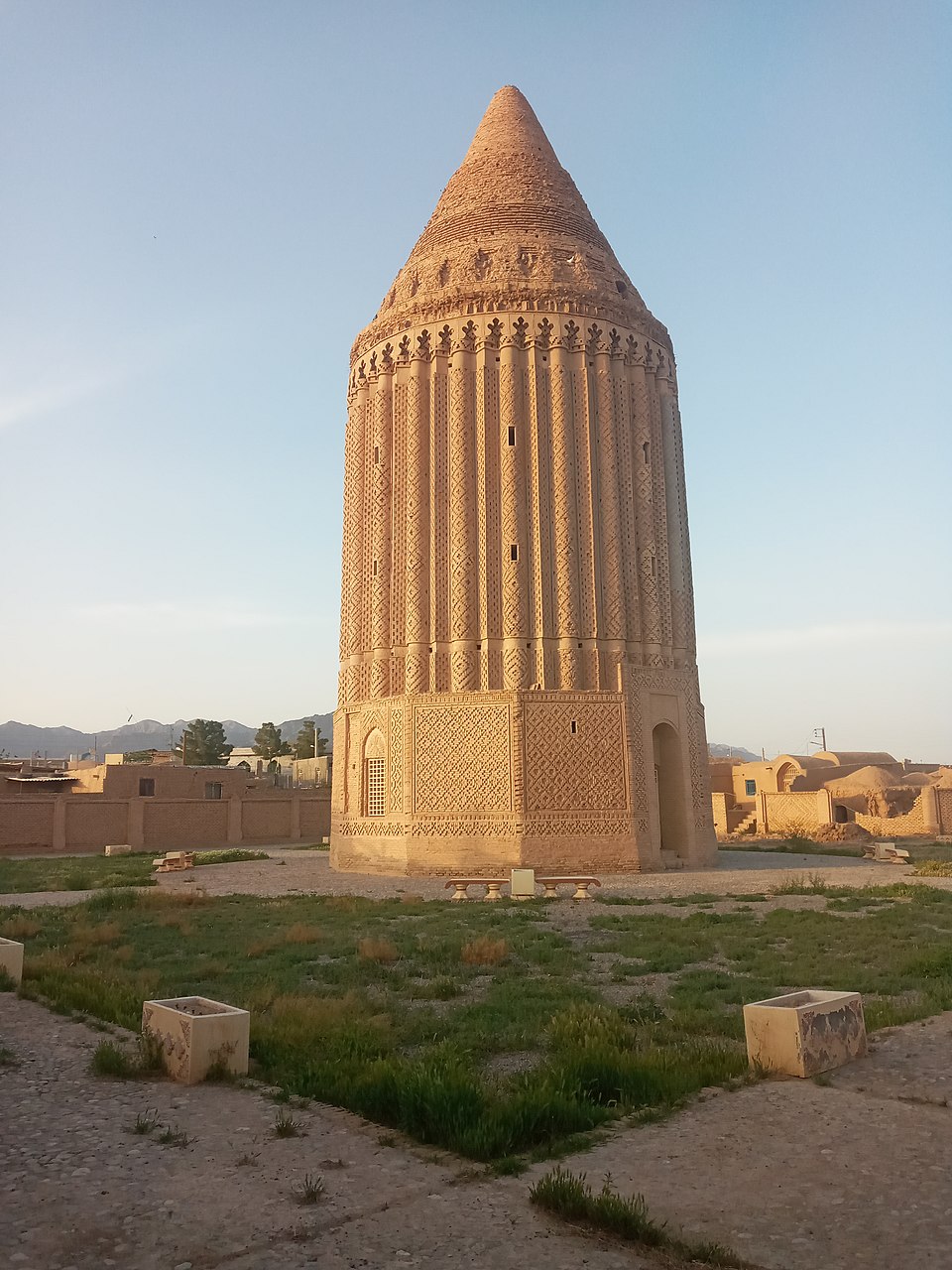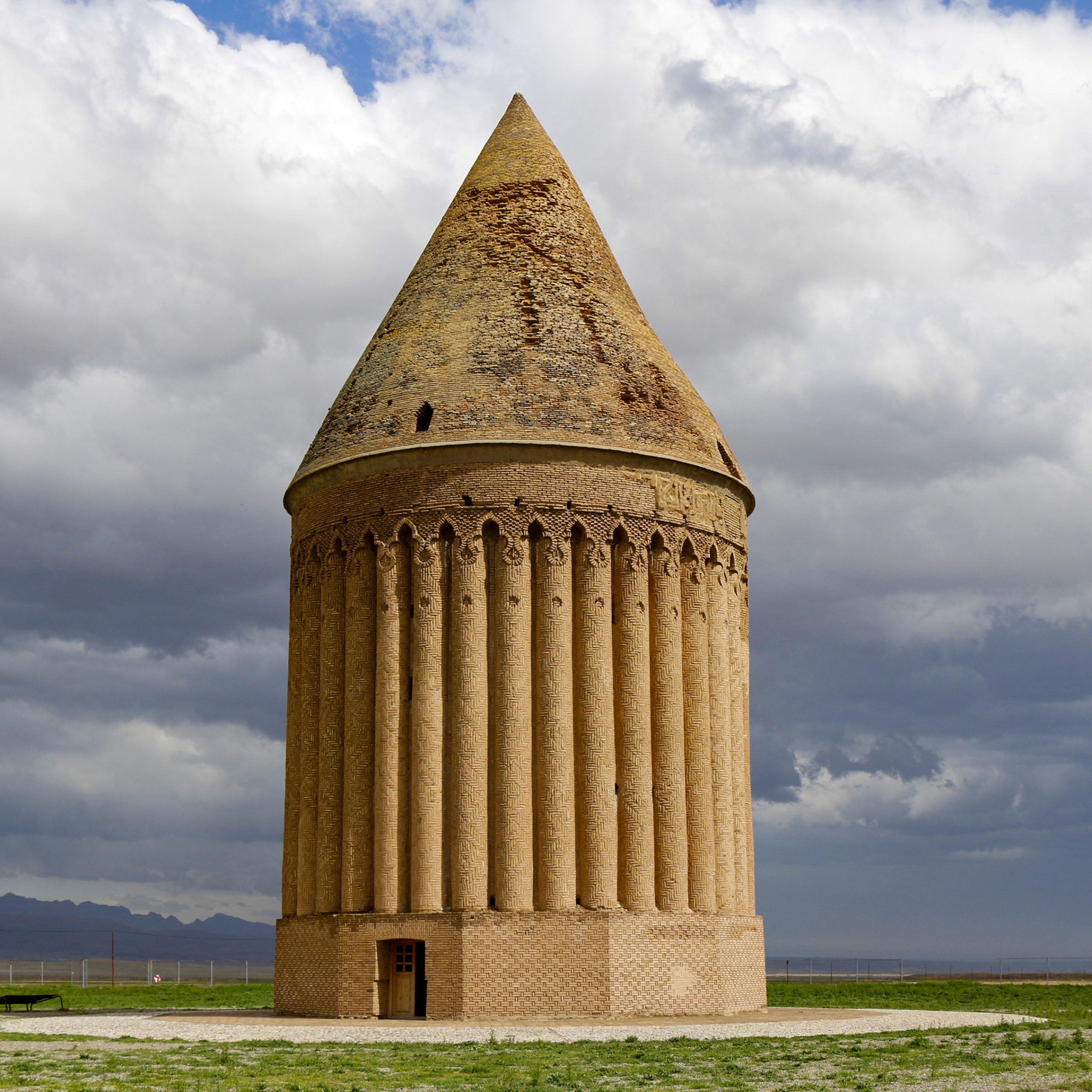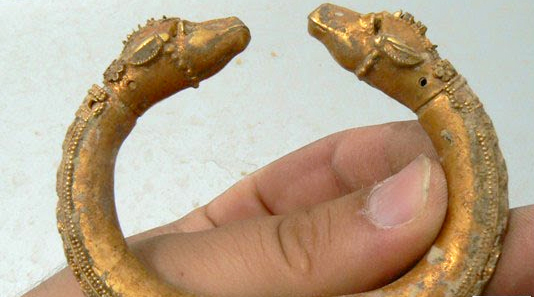Nurabad/Mayelbakنورآباد/مایل بک
Location: Tepe Nūrābād is in the northern part of the town of Nūrābād, in western Iran, Lorestan Province.
34°04’52.8″N 47°58’22.3″E
Map
Historical Period
Bronze Age, Iron Age
History and description
Nūrābād is a small, roughly oval mound in the northern part of the present town of Nūrābād, 80 km north of Khorramābād. The archaeological site, which was originally much larger than the present mound, lies at the juncture of a stream known as Gachineh and the river Khāweh. The mound, rising at a height of 12 m above the river bank, is 120 m x 90 m. Tepe Nūrābād was the object of clandestine diggings by antiquities dealers since the 1930s. Besides, the mound suffered from agricultural activities and the urban development of Nūrābād.
The controlled archaeological excavations at Nūrābād yielded five settlement periods based on ceramic finds. pottery. The earliest period (Period V) is dated to the second half of the fourth millennium B.C. Period II is dated to the third and second millennia B.C. The pottery of Period III is similar to that of Godin III and Giyan IV, ranging in date from 2000 to 1500 B.C. Period II is contemporary of Giyan III, and Period I can be dated to the Iron Age I period (1200-800 B.C.). A large number of finds come from the excavation of 12 graves. Architectural remains are poorly preserved. They mostly consist of mud-brick walls and chiné on stone foundations; a few ovens and hearths were uncovered in excavations.
Archaeological Exploration
Sir Aurel Stein explored Tepe Nūrābād in May 1936. He recorded the mound as Tepe Mauyelbak as he writes:
“… I found the small conical mound known as Mauyilbak. I had learned of it as a site prospected some time before by antique seekers from Hamadan. Their burrowings had only scraped the surface here and there, but fragments of painted ware could be picked up in plenty on the steep slopes.
Stein uncovered ceramic vessels and metal objects found in graves. He mentions another mound named Dom-Avizeh as being located “about 1½ miles to the south, close to the new motor track opened from Khurramabad to Harsin and Kirmanshah.” No trace of such a mound can be seen today.
In 1981, Seyyed Mansur Seyyed Sajjadi and Ali Samani excavated Tepe Nūrābād on behalf of the Iranian Centre for Archaeological Research.
Finds
Finds consist of pottery vessels, typical tripod painted pottery of Giyan III; metal objects such spearheads and arrowheads; objects such as bone spindle whorl, clay jar stoppers, figurines in clay, and cylinder seals in stone.
Bibliography
Garavand, M., “Iranian Archaeological Missions in Pishkuh-e Lurestan,” Eighty Years of Iranian Archaeology, Y. Hasanzadeh and S. Miri (eds.), vol. 1, Tehran, 2012, pp. 345-346 (for Nūrābād). In Persian.
Stein, A., Old Routes of Western Iran, London, 1940, pp. 291-295 (for Nūrābād).
Author: Ali Mousavi
Originally published: December 22, 2022
Last updated: January 13, 2025

